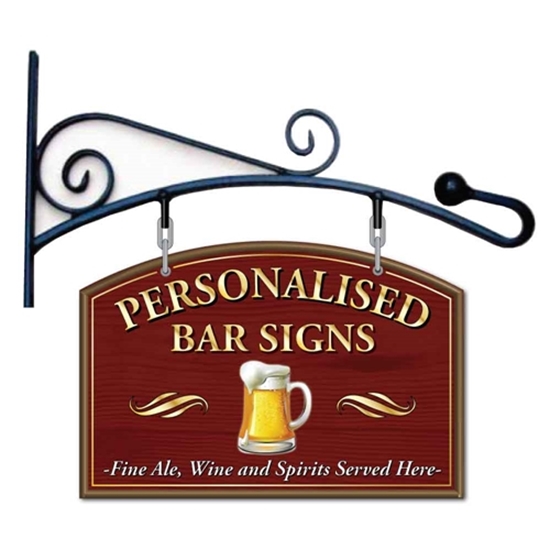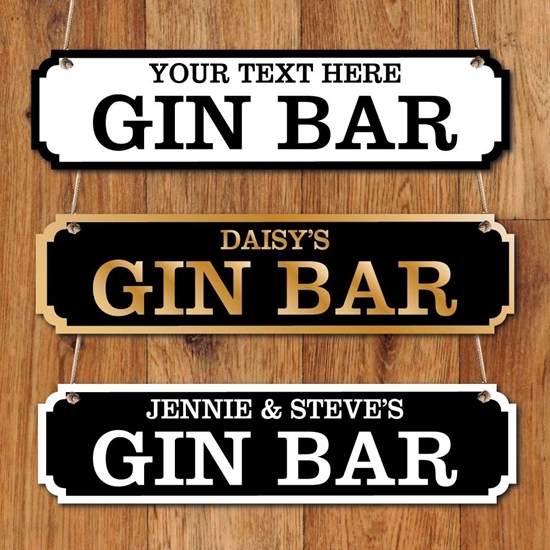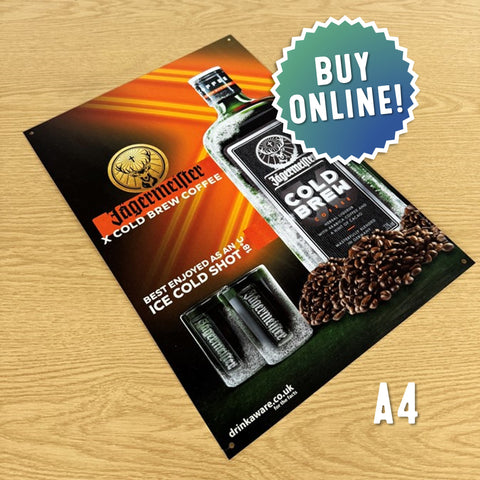Recommended Reasons On Deciding On Window Vinyl Signs
Wiki Article
What Is The Difference Between Bar Signs In Size?
Bar signs differ in size and style based on their intended use, their location, and the overall design aesthetic. Here's a look at the impact of bar sign sizes on their functionality and aesthetic appeal:1. Large Signs
Use to bring attention to an area and serve as a central point.
Uses : Exterior signage or primary branding signs.
It is often placed over entrances, outside bars or on large wall surfaces to draw patrons.
Examples: huge neon signs or oversized vintage style signs, or huge wall-type signs.
2. Medium Signs
Use for display purposes: to show information or enhance the decor of a room without overpowering it.
Menu boards, promotional displays, and signs for directional purposes.
Placement: Positioned to be easily seen but not overwhelming.
Some examples: medium-sized signs for daily specials; steel signs with a bar's logo, or themed decorative signs.
3. Small Signs
To embellish your home with subtle details and/or specific particulars.
Uses: Small decorative pieces or labels.
Placement: Tables, shelves or displays that permit close-up viewing.
Examples: Small framed quotes or drink cards.
Size Considerations
Visibility
Large Signs: They are designed to be seen far away, which makes ideal to draw pedestrians in and establish the presence of a bar.
Medium signs: Offers essential information in a space-efficient manner and without obstructing the design.
Small Signs (small signs) They are perfect for small and intimate information that can be displayed at eye-level.
Proportion
To avoid overwhelming smaller areas, large signs should be in proportion to the size of the area. Most suitable to open or large-sized environments.
Medium Signs: Perfect for use in the interior, they can be placed wherever you want them to be.
Small Signs: Ideal way to add depth, and they fit neatly into small spaces.
Impact
Signs in large sizes: These signs can create an impression that is striking and could be an important branding element. Commonly used to establish the tone for the bar.
Medium signs are a great balance between the appearance and the visibility. They contribute to the ambience, and also communicate important information.
Small Signs: Adds beauty and details, which contributes to a multi-layered and rich visual experience.
Practicality
Large Signs (Large) These signs require substantial mounting options and are typically more costly due to their size.
Medium Signs are easy to set up and move with flexibility for design changes.
Small Signs. Very versatile, simple to change and update. Great for busy environments.
Functionality
Large Signs: Primarily functional to draw attention and increase visibility.
Medium Signs are both functional and also decorative. They convey essential information as well as enhance the visual appeal.
Small signs: They are usually functional and provide detailed details. They are a part of the overall design of the space in a subtle way.
The ideal size of bar signage is determined by their purpose, layout, as well as the impact on patrons. Signs will help to improve the ambience and efficiency of the bar when they are well-balanced. See the recommended hanging bar sign for blog examples including pub signs to buy, personalised home bar signs, home made bar sign, the staying inn pub sign, novelty bar signs, pub signs made, personalised metal pub signs, small pub signs, bar sign design, the staying inn sign and more.

How Are Bar Signs Different In Terms Of Customisation And Personalisation?
Customization and personalization of bar signs is made to reflect the design, branding and atmosphere of a particular establishment. Here are a few examples of bar signs that are different in terms of customization and personalization. Material
Customizable Materials: Wood metal, acrylic, neon, LED, chalkboard, vinyl.
Personalization - Select materials that fit the theme of your bar.
2. Design
Custom Graphics Illustrations, typography and artwork.
Personalization - Incorporate unique brand elements and imagery or theme designs to reflect a bar's ambiance.
3. Size and Shape
Custom sizes From tabletop signage to large marquees for outdoor use.
Personalization - Customize the size and shape signs to fit specific areas and accommodate branding requirements, such as larger letters or smaller signs.
4. Color
Custom Color Schemes - Pantone options that match, RGB options and custom finishes.
Personalization: Choose colors that are in tune with the bar's identity design, interior decor, and the preferences of the target audience, whether vibrant and bold or subtle and sophisticated.
5. Lighting
Custom Lighting Effects, which include neon backlit, LED edge-lit, and projection.
Personalize your lighting - Select lighting options which enhance visibility and ambience while still focusing on the theme of the bar.
6. Text and messaging
Custom Text: Bar name, slogans, quotes, menu items, event announcements.
Personalization: Create bespoke messaging that resonates with customers, reflect the bar’s persona and effectively communicate promotions or specials as well as the brand's values.
7. Interactivity
Custom Interactive Features - Digital Displays Interactive Projections or QR Codes.
Personalization: Add interactive elements to attract customers, stimulate participation, and create unforgettable experiences. Examples include interactive menu boards that are digital Interactive games, interactive games or board games that are interactive.
8. Installation and Mounting
Custom Mounting Solutions for Freestanding, wall-mounted, hanging or window-mounted.
Personalization: Choose mounting options that are compatible with the bar's layout, optimize visibility, and blend seamlessly with the overall design scheme either sleek and minimalist or bold and eye-catching.
9. Seasonal and event-specific
Custom Themes: Holiday decorations, seasonal themes, or themed events.
Personalization: Change signage frequently to reflect seasonal shifts. highlight holidays or special occasions, creating an exciting, lively environment for your customers.
10. Brand Consistency
Custom Branding Elements : Logos fonts, colors, and images.
Personalization: Be consistent with all signage and brand materials to create brand recognition, reinforce your brand identity and create an enjoyable and memorable experience for your customers.
Benefits of Personalization and Customization
Brand Differentiation: Stand out and make a lasting impression.
Brand Identity Reinforce your brand's image to build customer loyalty.
Atmosphere Enhancement: Match signage with the bar's ambience and the desired ambience, enhancing the overall customer experience.
Engagement: Signage that is personalized can generate excitement and encourage patrons to engage.
By leveraging customization and personalization options, bar owners can make unique and effective signage that not only conveys information effectively but adds to the overall aesthetic, atmosphere and brand of their establishment. See the best check this out for home pub signs for site info including large pub sign, hanging pub signs for sale, hanging tavern sign, bar pub signs, personalised outdoor pub signs, novelty bar signs, make your own bar sign, pub signs, large pub sign, large bar signs and more.

How Do Bar Signs Differ From Regulations?
Signs for bars are subject to various regulations by local, state and federal authorities to protect the public and aesthetic standards, as well as compliance with the law on zoning. Below is how bar signs differ in terms of regulations:1. There are rules regarding the size and position of signs.
Zoning law: It is a set of rules that determine where signs may go in relation to their size, height and distances from property lines, road or other nearby structures.
Historical Districts - Signs can be restricted in size, style, and material in order to maintain certain areas' historic character.
2. Illumination Restrictions
Light Pollution: Regulations can limit the brightness, colors and duration of illuminated signs in order to limit light pollution and preserve the nighttime ambience.
Safety Concerns Signs are not able to produce glare and should not be distracting for drivers or pedestrians, especially when placed near the road.
3. Signage content
Alcohol Advertising Certain jurisdictions limit alcohol advertisements by preventing certain images or content that could be appealing to minors.
Health Warnings: The law may mandate health warnings be included on signage pertaining to smoking and drinking alcohol.
4. Historic Preservation Regulations
Architectural Compatibility Signs should be in line with the style and design of the historic district. It is often required to be approved by preservation boards or commissions.
Materials and Design Limitations may apply to the materials, design, and color schemes of signs in order to preserve historical integrity.
5. Sign Permitting Process
Permits are required: Owners of bars must get permits to install or modify signage. This can involve submitting drawings, paying for fees, as well having approval from local authorities.
Code Compliance: To ensure accessibility and security for the public, signs must adhere to the building codes, safety regulations, and accessibility standards.
6. Maintenance and removal of signs
Maintenance Requirements. It is up to the owner of the bar to ensure that signs are maintained in good condition solid and structurally sound without hazards, and conforming to the regulations.
Signs abandoned by the owner: Laws can be in place to remove old or decaying signs to stop blight from occurring and preserve the aesthetic appeal of the location.
7. Digital Signage Regulations
Content Restrictions: Laws can determine the content that appears on digital signs, prohibiting certain types of content such as flashing lights, or offensive imagery.
Digital Signage Operational Limits - Regulations could limit brightness and motion, or the frequency of change for digital signs in order to minimize the visual clutter as well as distracting distractions.
8. Penalties and Enforcement
Inspections Local authorities conduct regular inspections to check compliance with signage regulations, issuing citations for violations.
Penalties: In the event of non-compliance penalties can include fines or citations. They can also include the removal of signs or modify them, or even legal actions.
9. Sign Variance Process
Bar owners can apply for an exception to allow them to depart from the standard regulations for signs. The owner must justify their request and show that it won't have an adverse impact on the safety of the public.
Public Input: Certain variations may require community input like public hearings and feedback from property owners or businesses associations, or comments from the community.
10. Community Input and Engagement
Public Consultation - Certain communities include community members as part of the development and application of signage regulations, by conducting public consultations or surveys.
Sign regulations can have community benefits for the community. Sign regulations can contain provisions that improve the appearance of signs, promote local businesses, or to revitalize communities.
In compliance with rules regarding signage, bar owners can ensure that the signs they put up enhance the visual attractiveness and worth of their establishment, and also contribute to the local community. They will also be in compliance with the law and reduce the chance for fines, penalties or legal disputes. View the top pub bar signs examples for more info including cocktail bar sign, hanging pub signs personalised, personalised cocktail bar sign, garden pub signs, personalised bar signs, modern pub sign, gin bar sign, bar sign design, large pub sign, pub signs for garden and more.
